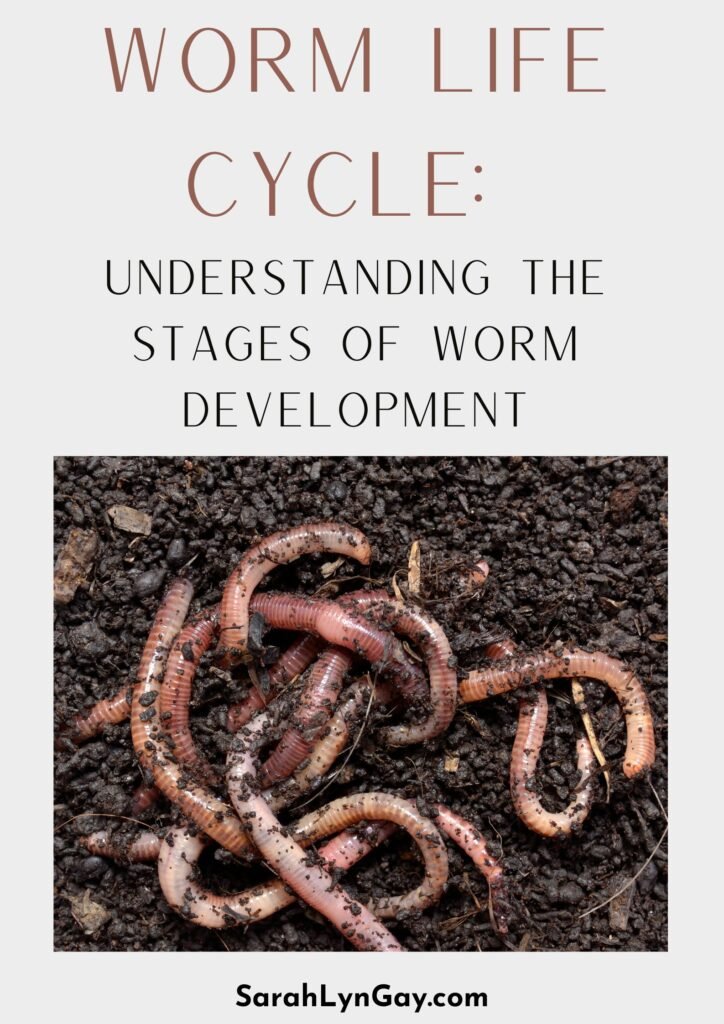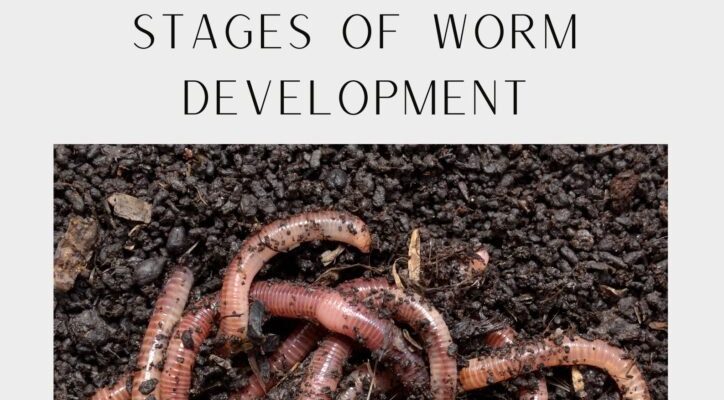
Microworms, specifically from the species *Panagrellus redivivus*, are tiny nematodes that serve as an excellent live food source for fish fry and other small aquatic animals. They’re easy to culture and packed with nutrients, making them a favorite among aquarists. But what exactly happens as they grow and develop? Let’s dive into the life cycle of the microworm and explore their behavior at each stage.
The Microworm Life Cycle
To understand the microworm’s life, it helps to know that it goes through several stages: egg, larva, and adult. This cycle can be compared to how a butterfly transforms from a caterpillar. Each phase of the microworm brings unique behaviors and characteristics.
1. Eggs: The Beginning of Life
The journey of a microworm starts with its eggs. These tiny eggs are incredibly small, nearly microscopic, and are often laid in the same culture medium where the adult worms live. Think of them as seeds planted in a garden, waiting to sprout.
Under the right conditions—warmth, moisture, and an adequate food source—these eggs hatch within a few days. The beauty here is that a single female microworm can lay thousands of eggs. This rapid reproduction rate ensures that, as long as conditions are favorable, there’s always a steady supply of microworms ready to grow.
2. Larvae: The Growth Phase
Once the eggs hatch, the microworms enter the larval stage. At this point, they’re tiny and barely visible, almost like grains of dust swimming through their culture medium. This stage is all about growth.
As they feed on the bacteria in the medium, they start to grow and develop. You’ll begin to notice their characteristic movement—wiggling and writhing through the culture. This is the stage where they begin to search for food actively. Their bodies extend as they strive to consume as much nutrition as possible, preparing them for the next phase of life.
3. Adults: The Wriggling Wonders
After about a week of feeding and growing, the microworms reach maturity. At this point, they are around 1 to 2 millimeters in length, easily recognizable in your culture. Adult microworms are highly active and can be seen swimming around vigorously.
It’s during this adult stage that the worms are most often harvested. They are rich in protein and fats, making them perfect for feeding hatchling fish or even baby reptiles. You might even notice how they react when disturbed—they are quick to wiggle away, a defense mechanism to avoid potential threats.
Behavior Observed Throughout Their Life Cycle
Understanding the behavior of microworms at each stage is key, especially if you’re culturing them. Their behavior can help you determine if conditions are right for their growth.
Feeding Habits
During the larval and adult stages, microworms primarily feed on bacteria, yeast, and organic matter present in their culture medium. You might wonder how to keep them thriving. Ensuring there’s a good balance of nutrients in the culture will encourage healthy microworm growth.
Microworms are not picky eaters, but providing a diverse food source helps them grow faster. Think of it like making a nutritious meal for a growing child; the more varied the ingredients, the healthier they’ll be!
Movement Patterns
Microworms have distinct movement patterns that change as they grow. As larvae, they tend to be more sluggish, drifting in the water. However, once they mature, they become active and agile. Their writhing movement is essential for navigating their environment and searching for food.
You might be surprised how quickly they can swim away if you try to scoop them out—just like fish darting for cover! This behavior can make harvesting them a little tricky, but with practice, you’ll find the best techniques to catch them effectively.
Reproduction Traits
When microworms reach adulthood, it’s not long before they start reproducing. The female microworms can reproduce quickly, so you’ll often see a new generation hatching in a matter of days.
To keep a constant supply, many aquarists set up multiple cultures, ensuring they always have fresh microworms available for feeding. It’s like having your own little farm of live food—sustainable and efficient!
Why Culturing Microworms Matters
You might be wondering why you should bother culturing microworms in the first place. Well, let’s look at the benefits.
Nutritious Food Source
Microworms are an excellent food source for young fish and other small aquatic creatures. They are high in protein and fats, allowing for healthy growth and development. Think of them as the equivalent of a high-quality meal for your pets.
Feeding your fish high-quality live food can lead to better color enhancement and overall health. You want the best for your aquatic friends, and microworms deliver just that.
Easy Cultivation
One of the great things about microworms is how easy they are to culture. You don’t need any fancy equipment or specialized knowledge. A simple jar with a suitable medium is all it takes.
If you enjoy the aquarium hobby, culturing microworms provides a sustainable way to feed your fish without having to constantly buy live food from the store. Just imagine having a ready supply of nutritious food right at your fingertips!
Supporting Fish Breeding
If you’re diving into breeding fish, microworms can be an essential part of your strategy. Newly hatched fry often struggle to find food and might not have the size to eat larger pellets or flakes. Microworms are perfect for this stage because they’re small and easy for fry to consume.
Having a constant supply of microworms can boost your breeding efforts and help ensure the survival of your fry. It’s like giving them a direct pathway to growth right from the get-go!
The life cycle of the microworm is a captivating journey, filled with growth, movement, and purpose. From tiny eggs to wriggling adults, these little creatures play a significant role in the aquarium hobby and beyond. By understanding their stages and behaviors, you can greatly enhance your feeding strategies and ensure the health of your aquatic pets.
Culturing microworms can be both a fun project and an invaluable resource. Whether you’re a seasoned aquarist or just starting, adding microworms to your feeding routine could be a game changer. So go ahead and embrace the world of microworms—you’ll not only enjoy watching their fascinating life cycle unfold, but your fish will thank you for it too!

